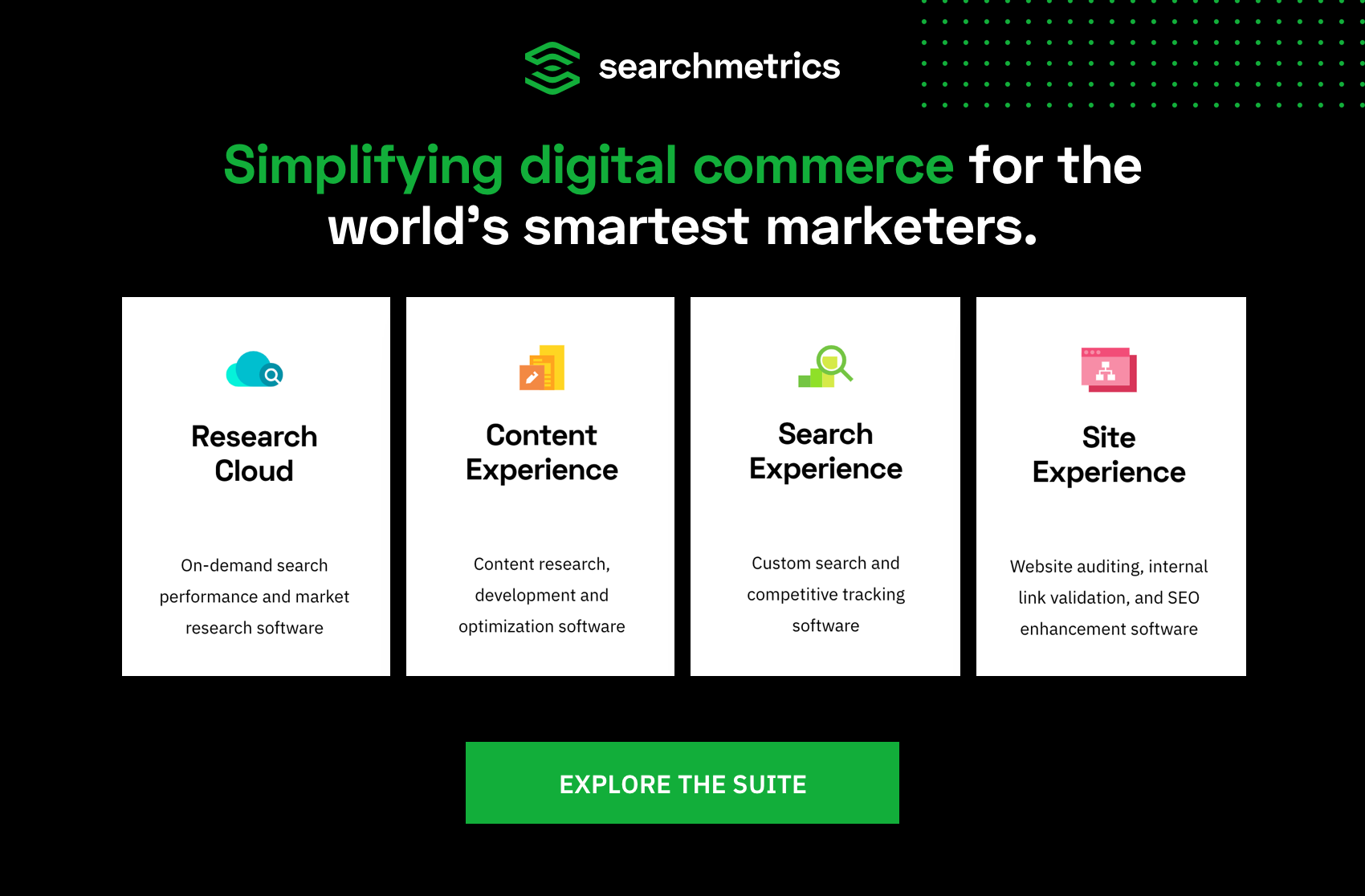Navigating a Time of Economic Uncertainty
It’s been more than two months since the COVID-19 pandemic forced the US to begin issuing shelter-in-place orders nationwide. In a matter of weeks more than 30 million Americans lost their jobs and thousands of businesses, from major chains to small mom-and-pop shops, had no choice but to shutter their brick-and-mortar businesses. Even as the US enters a staggered reopening phase, uncertainty regarding the economy’s future still remains.
The first phase of the pandemic served as a massive learning experience for everyone, and for some businesses those valuable lessons can help inform business-saving and expansion strategies in the coming weeks. One business-saving lesson many businesses learned is that having an established, robust online presence is essential to a business’ survival and the ability to be easily located online by consumers is vital to maintaining that endeavor.
An Expert’s Advice for the Months Ahead
The power of search and SEO played an integral role in the first month of the pandemic and will continue playing a large role in the reopening and recovery process. Businesses need to understand that not only has our economy changed, but the very nature of how we search has changed as well. Searchmetrics’ Director of Services Tyson Stockton addressed the element of uncertainty and recommended industries re-examine search behavior.
“Similar to how this event has abruptly changed our day to day lives, it has changed search behavior. Search behavior has continued to evolve throughout this crisis. Freezer dried foods first rose in search volume then fresh produce. Bidets increased in searches then fell back down after people realized they would still be able to get toilet paper. As more states open at various times it will continue to change search patterns and we will see those changing regionally. As people’s day to day lives change with opening up their search behavior will change. For example, if in a few months from now regional travel is permitted but international is restricted, you could anticipate an increase in searches related to road trips, etc.”
“People are not searching less and as businesses open and sales increase people will still be influenced by their searches today. As we cannot tell when things will completely open the best thing to do is further strengthen their online presence. The overarching strategy is to focus on the basics. Strong technical SEO, fast loading site, maximizing crawl budget, optimized high quality content, and strategic internal linking. These are the safest bets and proven tasks that worked before and will work after.”
How to Successfully Utilize SEO as the Pandemic Continues
SEO is a valuable long-term marketing tool and strategy for businesses small and large to build, expand and preserve their online presence. Here are some essential SEO tips for businesses large and small to leverage in the uncertain weeks that lie ahead:
Maintain, cultivate or establish an online presence
At the onset of the pandemic, companies and brands that already owned an online presence, whether it was a website or retail space, were able to transition and weather the first full month of the pandemic much more effectively than brick-and-mortar locations without an online presence. Major retail businesses like Home Depot and boutique sites like Etsy saw a major uptick in their online traffic as many people stuck at home suddenly had more time on their hands for home projects. Sales for home improvement projects, arts and crafts products and home gym equipment spiked and many online retailers’ online business exploded.
Although the US is reopening business locations nationwide, many states are doing so in a limited capacity and reputable health organizations like the CDC warn a second massive wave of infections are likely to occur in the coming weeks. This crucial transition period is the time to maintain, cultivate or set up an online presence if you haven’t already. Keep in mind industries like travel and tourism may reopen in some capacities, but a resurgence in infections will likely force governments to shut them down again to curb the next wave.
Small retail businesses and mom-and-pop shops capable of making deliveries and handling the demand of customers should consider establishing a website and retail space online to resume and boost their operations. Creating a Google My Business profile is a critical SEO component to ensure your local customers can find your business online. Take the time to fill out every possible information field with updated information including your current operating hours, address and clearly indicate whether you’re only open for mobile orders and deliveries or not. On the technical side, update meta descriptions and include shipping and returns information to ensure a smooth user experience for your customers.
Display authority with your content
Once COVID-19 began to spread quickly throughout the US, Google took action and modified their algorithm to prioritize websites that displayed authority on the pandemic. Healthcare websites from Healthline to the CDC saw a significant boost in their traffic, both organically and with help from Google to provide the public with authoritative, trustworthy public health information. Non-medical companies and brands that tried to create COVID-19 content found their efforts fruitless as Google only prioritized reputable health organizations. In the coming weeks non-medical businesses should only create Covid-19 content that pertains to their industry.
As people trend more toward informational content than transactional, create content like blogs, infographics or white papers around informational keywords relevant to your business. Now is also the perfect time to examine Google Trends to identify what the trending search terms are in your vertical. If you own existing content that’s trending, update the copy to refresh it by either updating title tags or inserting additional trending keywords.
Improve or keep site load times fast
Consumers are looking to access information and products quickly and a slow website load time will cause them to quickly bounce from your site. There’s no better time to perform a site speed analysis than now. Keep in mind slow load times are expected during these times even when your site is performing quickly due to the increased amount of online traffic.
If you’re a retail site and are selling a new product, act as a consumer proceeding through the purchasing process to identify technical errors. Is a free shipping ad banner not loading as expected on a landing page? Are product descriptions loading but not the product image? The increased traffic load on websites can cause features to break and it’s vital to routinely review the purchasing process to ensure customers can move through the conversion process effortlessly.
Engage customers where they are
Although most of the US is reopening, many shelter-in-place orders will remain in effect nationwide. Regardless of what happens the online economic landscape will remain busy with people online while at home. To keep engagement high, brands and businesses need to engage consumers where they are.
Social media campaigns are expected, but brands need to get more creative with how they engage their consumers as the online landscape becomes oversaturated. Webinars are an excellent engagement tool for B2B businesses as their consumers and partners are looking to them to see how they’re continuing business during the pandemic and looking for trustworthy advice on how to best run their own businesses. B2Bs and B2Cs should also expand their platforms and create informational videos on platforms like YouTube as people turn toward streaming services for informational queries.
Small and brick-and-mortar businesses need to get more creative as they may not have the manpower and resources to create webinars. Social media features like Facebook Live have proven useful, with some small retail boutiques leveraging it to host live interactive auctions, increasing their brand awareness, intriguing consumers and facilitating business operations.
Perform a site audit
Full blown site audits can be time consuming, but now is a great time to perform a mini site audit during this slow period. An audit of your site’s content now can show you what content is performing and what isn’t, allowing for time to make improvements and get your site ready for when the economy fully reopens in the future. Examine performance analytics of your site’s pages, blogs, whitepapers or videos to identify trends, what’s working well for your brand and what’s not.
Create a detailed inventory document to thoroughly track everything and share the information with departments throughout your organization. The information obtained can help inform where new updated content is needed or optimize pages with new CTAs and keywords to help re-promote your business in the future. Leverage the information obtained to collaborate with other departments to launch new improvement projects to make your business better suited to weather unexpected changes too.

